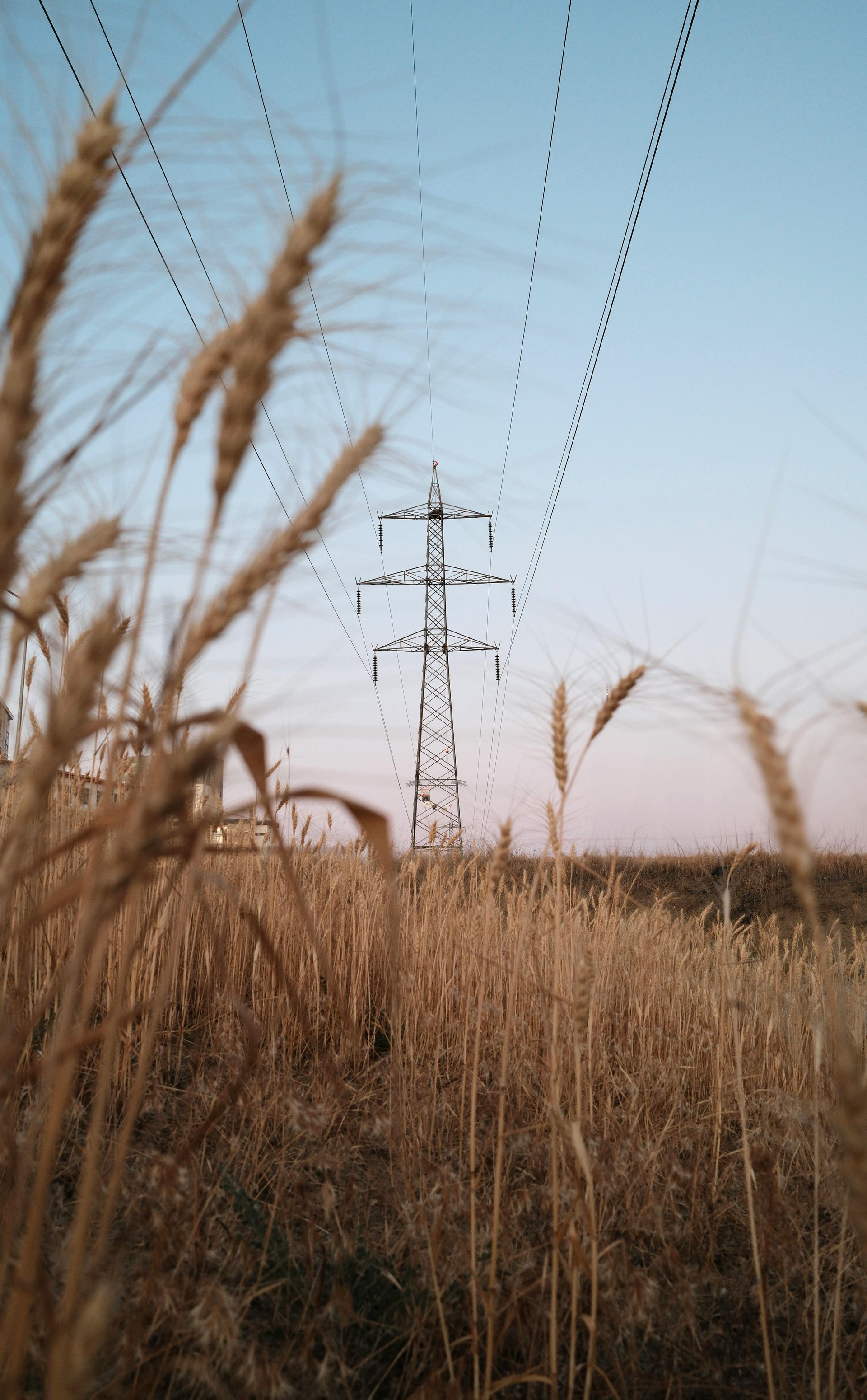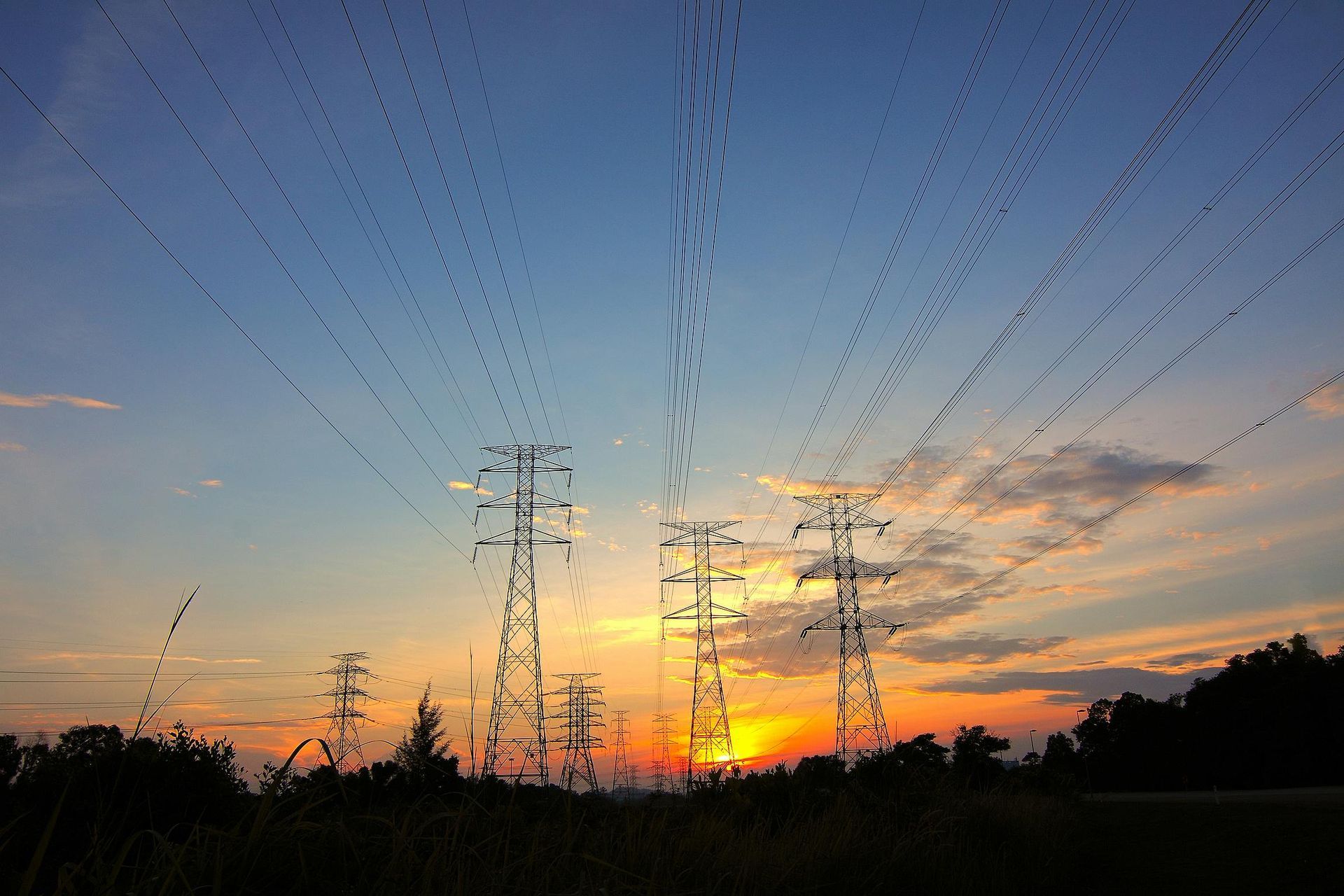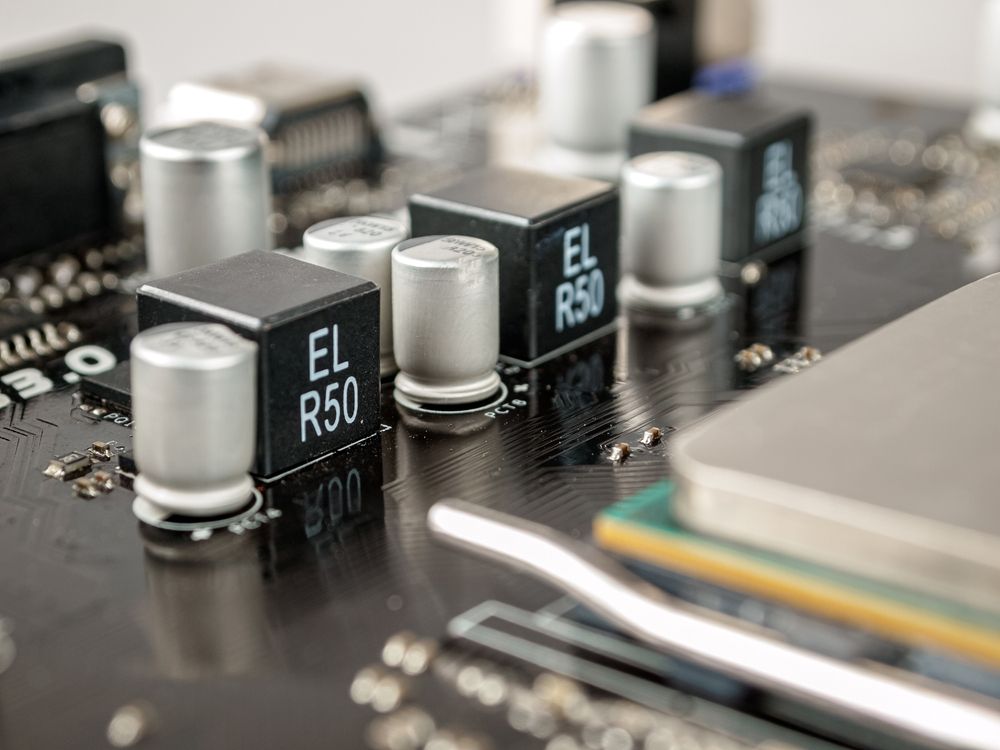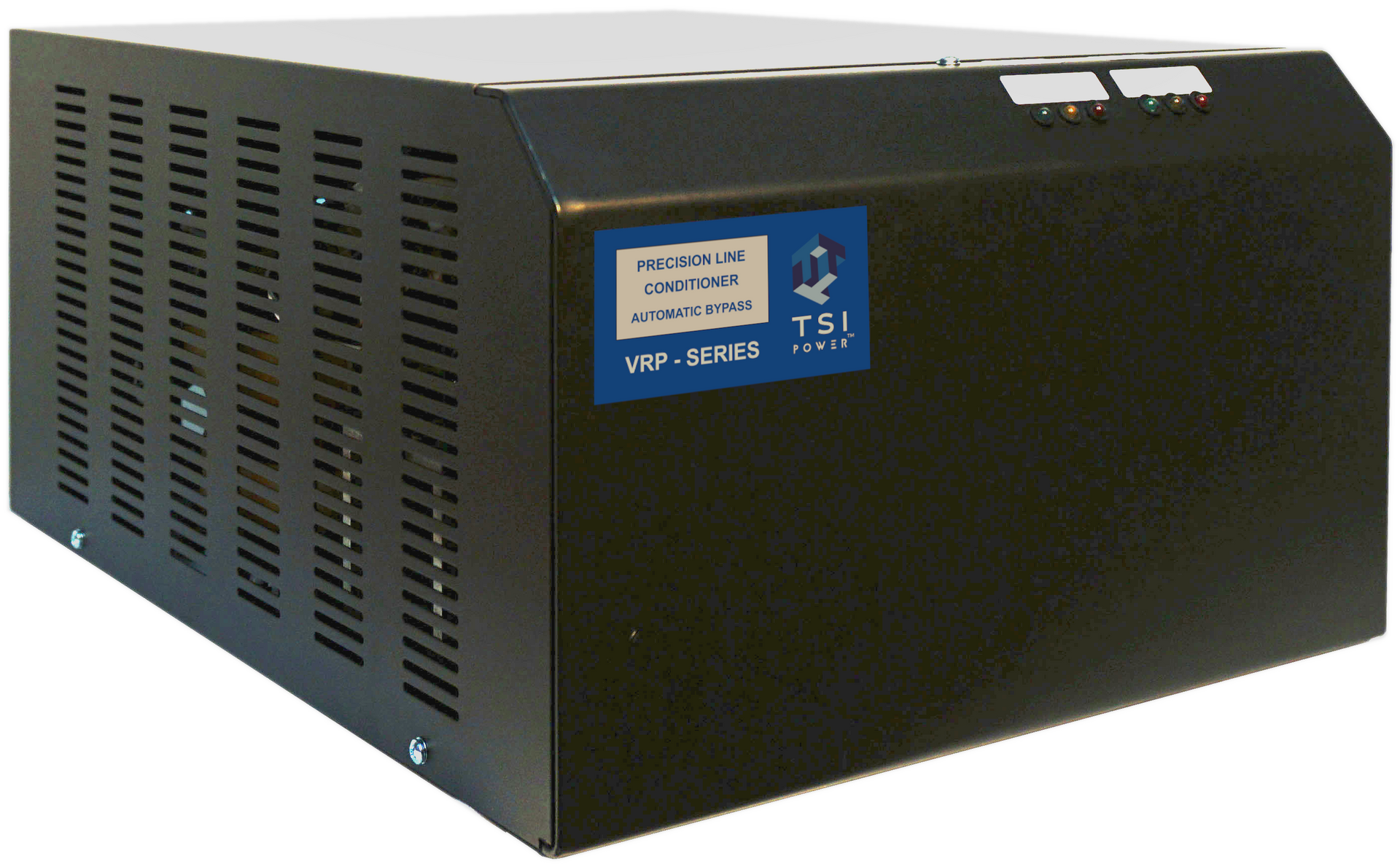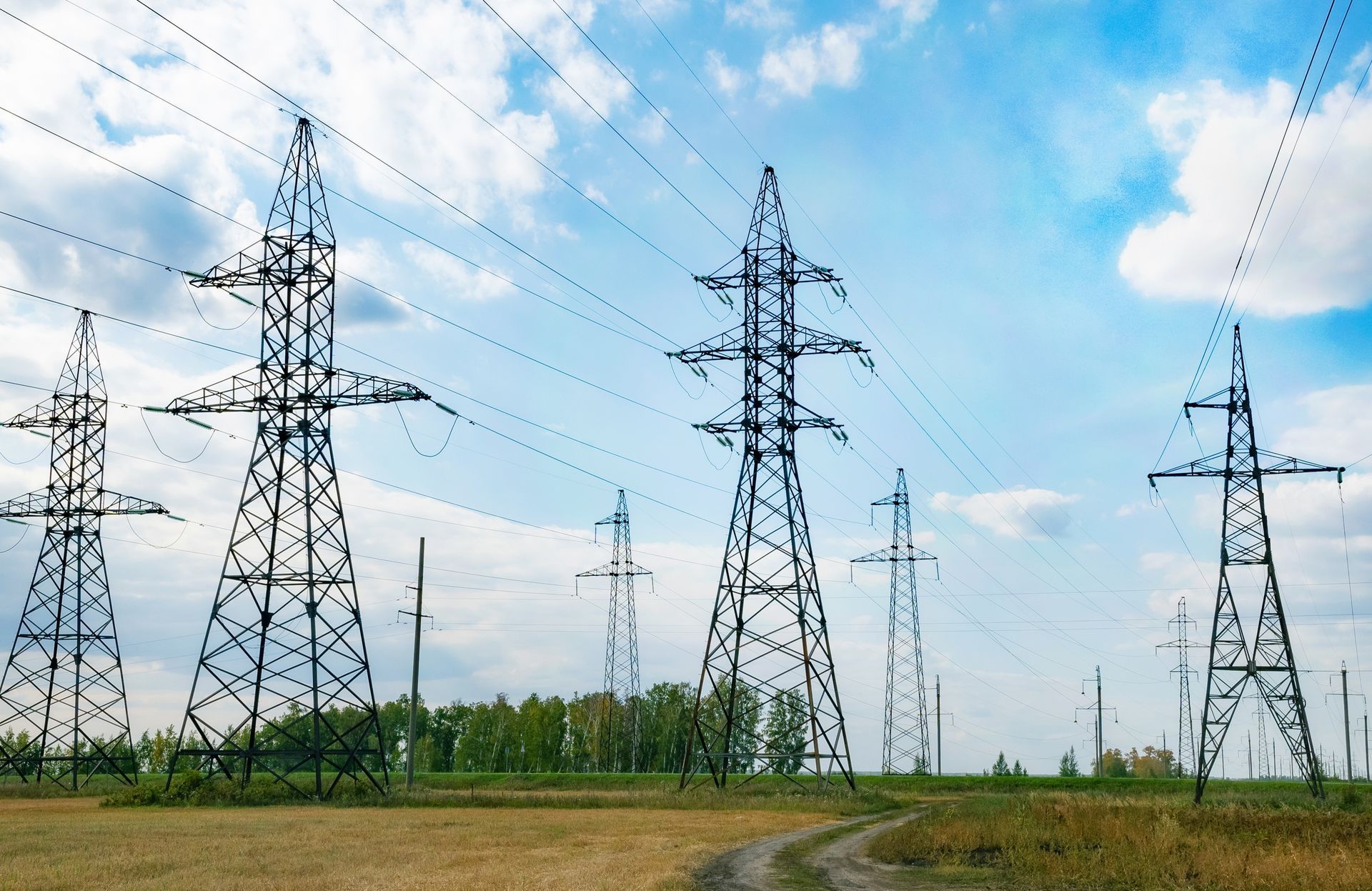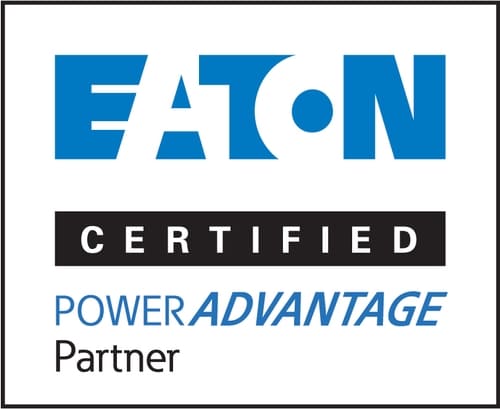Why is Utility Power in Mexico So Bad?
9 June 2023
Share this article:
Many industries have moved manufacturing operations to Mexico for various reasons. Plastic Extrusion operations, steel making, wire manufacturing and general assembly plants.
In today’s manufacturing environment with the complicated controls systems and robotics running many of the processes, an unstable voltage situation provides much disruption to continuous operation. Therefore, the power related problems with Mexico’s Power Utility distribution can affect almost all manufacturing installations.
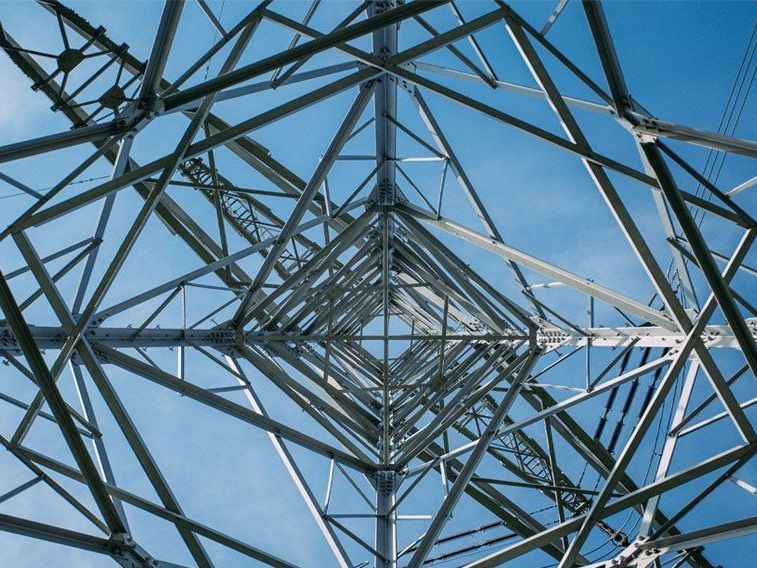
Power Sags in Mexico
Not only are seasonal brownouts very common, general sags and surges in the electrical voltage are constant. Whether it is aged electrical distribution lines, or the amount of distance that voltage has to travel to get to it’s ultimate customer, many factors contribute to the degradation of Mexico’s Utility power as it transits it’s lines. The fact that there is more and more demand being placed on the already taxed electrical grid is an indication these issues are not going to fix themselves or go away anytime soon.
What causes Voltage Sags in Mexico?
Voltage as it leaves the utility distribution point is always very constant. As it travels along the electrical distribution path to all of the customers it runs into the various issues that end up affecting the stabilization of the voltage. The more commercial customers creating demand along the distribution line all contribute to the overall fluctuation in voltage. The heat from the environment cause hvac systems to cycle on and off. These demand variations on the electrical grid contribute to the burden put on the lines.
What can be done to Correct Mexico’s Power?
There isn’t a commercially available technology to “re-align” the voltage as it travels down the distribution path. The larger the transmission line, the more power (voltage and amperage) you can move across a single path to a destination. That electrical distribution must always be split up and voltage stepped-down to a usable product at all site levels. Like a body with main arteries, then smaller blood vessels, then to capillaries, all of the paths affect the ones after.
What Types of Power Outages happen in Mexico?
As discussed, there are various causes to the power related issues that are affecting industry in Mexico. The following are some of the main causes:
Power Sags cause by Demand
The amount of customer demand, and the variation of use by all the customers along the electrical distribution path all contribute to Sag activity. Manufacturing and industry have large loads ramping up at different times of the day. Daily levels of HVAC systems across the grid coming to a peak mid-day contribute and pull on the entire system at once.
Substation Switching
Not just in Mexico, but all Electrical Utilities and Transmission companies are required to maintain distribution by doing electrical switching at the substation level. This switching, though measured in milliseconds, provides in some cases daily issues for customers. This is not something you can do anything about other than install protection at your site level.
Weather Related Sags and Outages
Weather related power issues are a prevalent culprit in power events. Lighting strikes, Electrical Storms, hot high-demand days, are a constant contributor to the relative instability of all electrical distribution grids.
Nature
Tree’s, animals, birds, water, ultraviolet rays, wind, plus any and all aspects of nature are constantly interacting with the above, and below ground Utility Grid. There is no end to the amount of influence here. Only that it is constant and that will never change.
Industries Affected
All industries in the manufacturing space use much electricity. Robotics, PLC Controls, Computer guided assembly lines, all use and require sterilized power to properly operate. Some of the largest manufacturers in the world have located plants in Mexico’s region.
-Plastic Extrusion Companies
-Wire and Steel Manufacturing Plants
-Automotive, Aerospace, and Medical Manufacturing
-Appliances and Electronics
-Textiles
Solutions to the Problem
Voltage concerns should be dealt with at the site level. As mentioned earlier, going back to the distribution point (Utility Source), does not provide an answer to things that affect the distribution grid after that point. Mexico’s Utility providers, if metered at point of distribution, can control what happens at that point. There is very little they can do after it leaves the distribution point beyond repairing interrupted lines.
All customers should do an internal site review of power usage. Customers should get meter data of the power anomalies at the site level, then choose the proper technology to correct those issues.
Some of the existing technologies to correct these issues are Active Voltage Regulation, Active Voltage Correction, Power Conditioning, and Power Factor Correction Solutions. All of these help various degrees of power sag and surge activity. There are also systems that can carry across Sub-station transition switching interims with a runtime. These systems use Ultra-capacitors, Batteries, Integrated Zinc Bromide Systems, and other technologies to ride through low sag and power outage events.
Prepare for Power Sags and Outages with Voltage Correction.
We understand that finding the right solution for all industrial power issues is important for maintaining the operation of your business. At VoltageCorrection, a Division of Facility Gateway Corporation, we pride ourselves on quality customer service, and overall industry experience in the mission critical electrical power solutions market. Our team members are available to assist you throughout the system selection process and will review the specifications and concerns you address.
Thera are many Voltage Correction Solutions you can do at your site level to mitigate any and all of the affects of voltage sags and surges.
If you have any questions or would like to receive additional information about our products and services, our team is available for Technical Review of power information, Utility Bill and Performance Review, Sizing assistance, and Voltage Correction Systems selection. Contact Us today to explore your Voltage Correction Solutions! Call 855-240-6776
Connect with Us:


